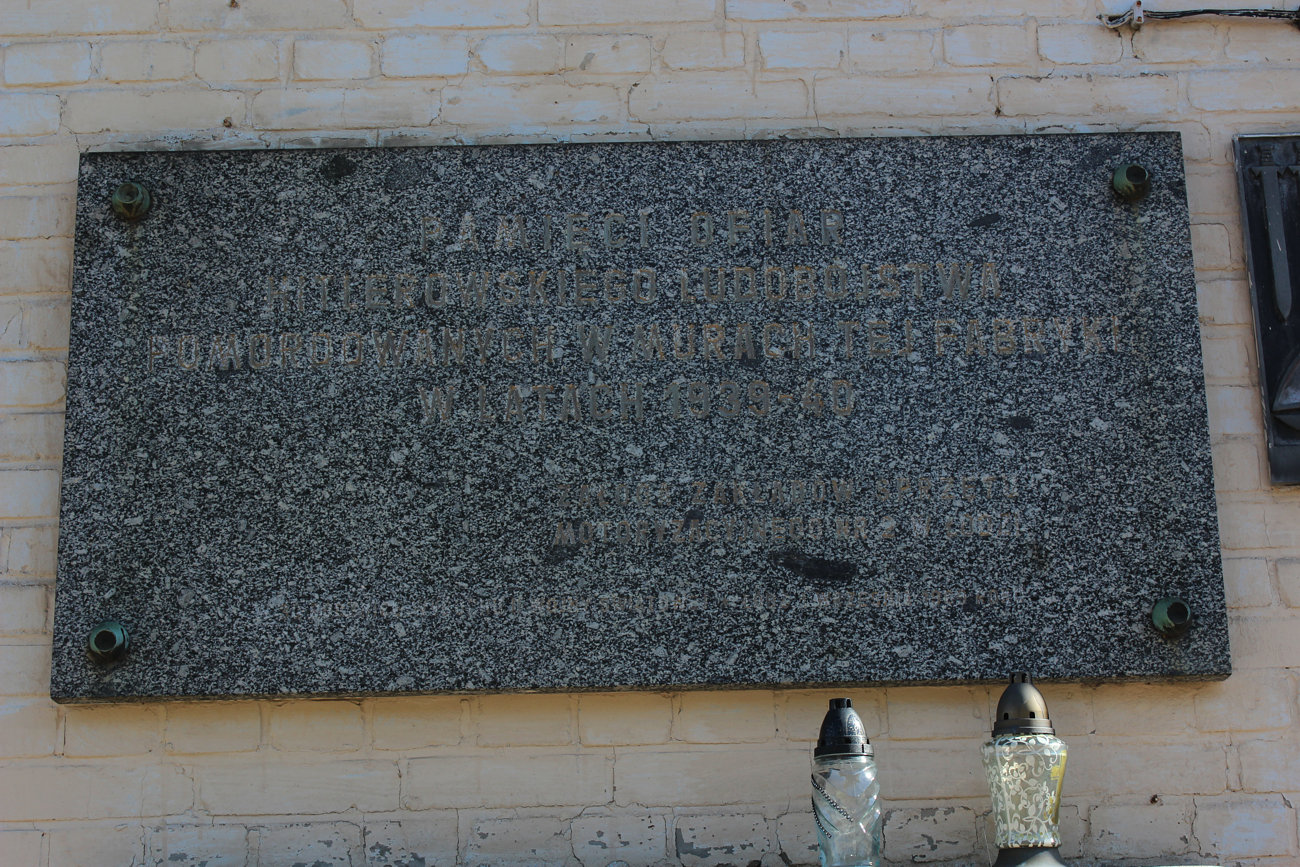 CAUSES OF DEATH
CAUSES OF DEATH
The preserved documentation from the time of the prison’s operation confirms the death of 602 people. The most common causes of death given in the documents include heart and lungs diseases and diarrhoea. Death as a result of torture or gunshot wounds is only mentioned in a few cases. The figures and data provided in official German documents cannot be treated as reliable. Many deaths were not documented, and the bodies of the victims were not always returned to their families. A vast majority of prisoners died in the Radogoszcz prison as a result of abuse, severe beating, and torture inflicted by the guards, and of disastrous sanitary and dietary conditions. Most probably, we will never learn the true statistics on this.

















